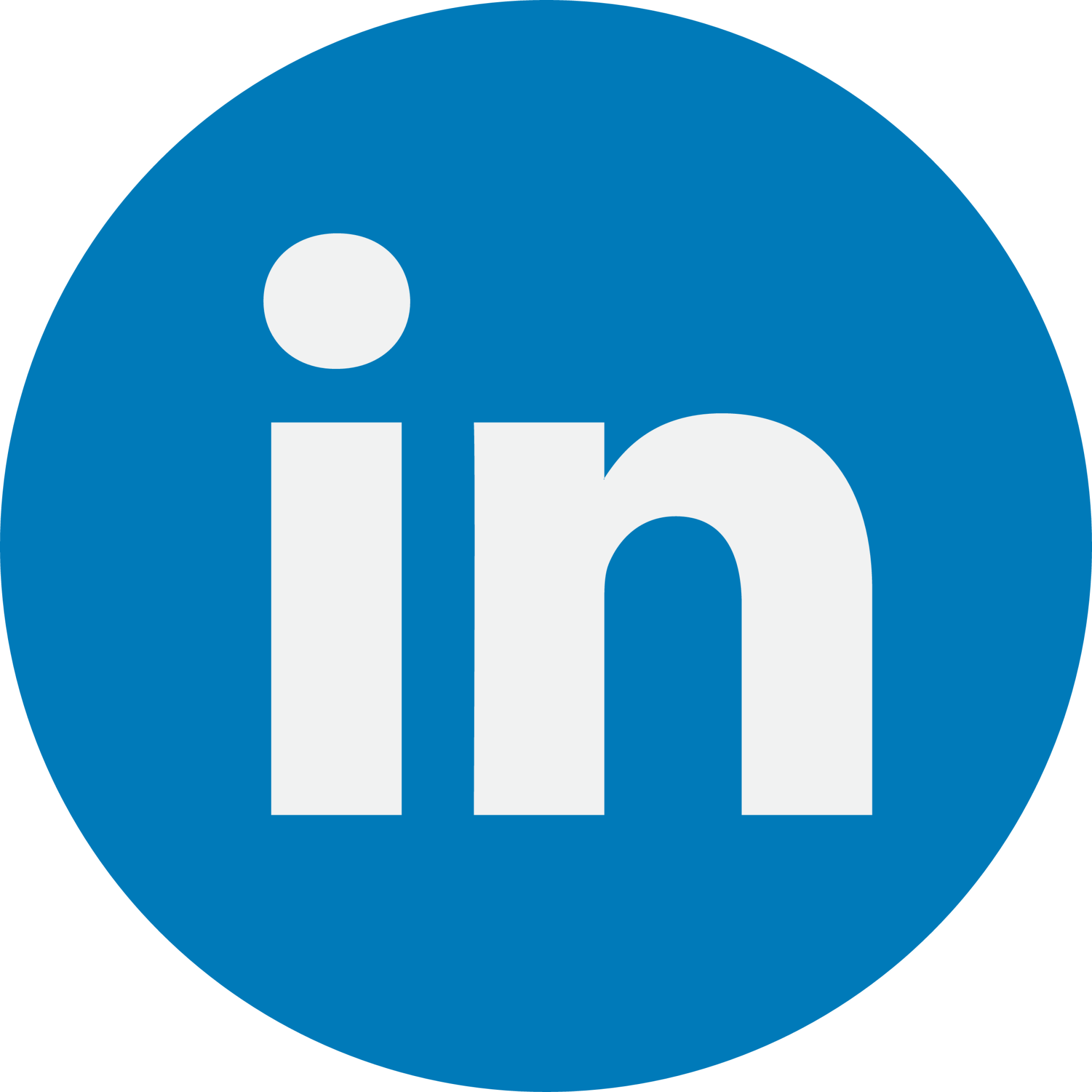In-depth Analysis of Segmented Market: The global glass packaging market is projected to reach a size of $424.54 billion by 2024.
Release date: 2024-08-05 21:55:30.108
Visits:
(According to the research statistics by DIResaerch, the global glass packaging market is expanding steadily, with a market size of 4245.4 billion yuan globally in 2024 and an expected market size of 5685.3 billion yuan in 2030, with a compound annual growth rate (CAGR) of 4.99% from 2024 to 2030.)
Glass packaging refers to containers and bottles made of glass used for storing, preserving, and transporting various products. Glass is a widely used packaging material with the advantages of transparency, impermeability, and inertness, making it suitable for preserving the quality and freshness of food and beverages. Glass packaging is often used for beverages (including beer, wine, and soft drinks) as well as food products such as sauces, jams, and pickles. It is favored for its recyclability, ensuring a sustainable and environmentally friendly option. Glass containers can be reused and infinitely recycled without degrading quality, and are often chosen for their ability to maintain the taste, aroma, and purity of the contents without imparting any odor or taste. Glass packaging plays an important role in the packaging industry, providing timeless and reliable solutions for various consumer products.

Deep Analysis of Drivers for the Glass Packaging Market
Analyze the key drivers of the glass packaging market in depth.
Sustainability and environmental trends: The growing awareness of environmental and sustainability issues has led businesses and consumers to seek solutions to replace traditional packaging materials, and glass is a recyclable and environmentally friendly material.
Product preservation and safety requirements: Glass packaging has excellent leak-proof properties, ensuring the long-term freshness of products such as food and pharmaceuticals, and protecting them from external contamination.
Consumer preferences and brand image: The demand for high quality and upscale packaging among consumers has driven the growth of the glass packaging market, as glass is considered a high-quality and reliable packaging material that helps enhance the brand image of products.
Growth in the food and beverage industry: The continuous expansion and innovation in the food and beverage industry have had a positive impact on the glass packaging market, as glass packaging is crucial for protecting the quality and safety of food and beverages.
The demand for cosmetics and pharmaceutical industries is increasing: The increasing demand for high safety and product stability in the cosmetics and pharmaceutical industries has also driven the growth of the glass packaging market, as glass packaging can ensure the quality and stability of products throughout the entire supply chain.
The adoption of innovative technologies: The glass packaging industry is meeting market demands by adopting new technologies and innovative designs, such as lightweight glass and packaging that is easy to recycle, to enhance its competitiveness.
Market competition and geopolitical influences: The glass packaging market is characterized by intense competition, prompting companies to uphold their competitive edge through cost reduction, enhanced production efficiency, and other measures. Furthermore, geopolitical events and shifts in trade policies may exert significant influence on the market.
The rise of e-commerce and online retail: The rapid growth of e-commerce and online retail has led to an increase in packaging demand, and glass packaging meets the needs of transportation and product protection while also meeting the requirements of consumers for high-quality packaging.
An In-depth Analysis of Emerging Trends in Glass Packaging Technology
The future technological advancements in glass packaging will be shaped by a multitude of factors, such as sustainability, innovative design, and digital technology. Here are several potential trends that could impact the evolution of glass packaging technology:
Lightweighting technology: Glass packaging has always posed a challenge due to its weight, but through the adoption of lightweighting technology, it is possible to reduce the weight of glass packaging, lower transportation costs, and maintain sufficient strength and durability. New composite materials and design innovations are expected to play a significant role in achieving these objectives.
Advanced packaging: The integration of sensor technology and the Internet of Things (IoT) into packaging is expected to become a prominent trend in the future. This type of packaging enables real-time monitoring of product conditions, such as temperature, humidity, and light exposure, thereby enhancing product quality control and safety assurance.
Recyclable and circular economy: In response to the growing demand for sustainability, glass packaging will place greater emphasis on recyclability and reusability. Technological innovations may include more effective glass recycling and reprocessing methods, as well as designing packaging that is easier to recycle.
Biotechnology and eco-friendly materials: The development of biotechnology and eco-friendly materials may impact the production of glass packaging. For example, biological glass may become an alternative material that reduces the environmental impact of the production process.
3D printing technology: 3D printing technology may play a role in the production of glass packaging. This technology can enable highly customized packaging designs, reduce waste, and improve efficiency.
Nanotechnology: The utilization of nanotechnology has the potential to enhance the performance of glass packaging. For instance, nanocoatings can augment the glass's resistance to wear, stains, and UV radiation, thereby enhancing the longevity and quality of the packaging.
Virtual Reality (VR) and Augmented Reality (AR): VR and AR technologies have the potential to impact packaging design and marketing through the delivery of virtual presentations and interactive experiences, thereby enhancing consumer engagement.
Visual Tracking and Anti-Counterfeiting Technology: Advanced tracking and anti-counterfeiting technologies are used to ensure the authenticity and security of products. This is particularly important in the fields of food and pharmaceuticals.
Green energy applications: Using renewable energy and more environmentally friendly energy sources during production and transportation to reduce carbon footprint and align with sustainable development goals.
An In-depth Examination of the Constraints on Glass Packaging
Despite the numerous advantages of glass packaging, there exist certain constraining factors that could impede its market development. The following are potential limiting factors that require in-depth analysis:
Weight and fragility: Glass is relatively heavy, which may increase transportation costs. Additionally, glass is fragile and may break during transportation and handling, increasing the likelihood of loss and waste.
Production costs: Glass production requires relatively high energy consumption, and the manufacturing process requires high temperatures. These factors result in relatively high production costs compared to other packaging materials, which may make it more difficult for businesses to choose glass packaging.
Competition from alternative materials: Lightweight packaging materials such as plastic are gradually replacing glass in some applications because they are lighter, less expensive, easier to process, and in some cases offer better protection.
Challenges in recycling and reuse: Although glass is a recyclable material, the recycling process may be constrained by cost and technical challenges. Additionally, due to the need for color sorting, the establishment and operation of a recycling system may be limited.
Limited design flexibility: Compared to certain plastics, glass has lower design flexibility and is difficult to achieve complex shapes and structures. This may limit the demand for innovative packaging designs in some industries.
Carbon footprint and environmental impact: Glass production requires high-temperature melting, and its carbon footprint is relatively high, especially if traditional energy is used. In today's world where sustainability and environmental protection are key concerns, this may impact consumer and business choices.
Market demand fluctuations: The glass packaging market may be affected by market demand fluctuations, especially during times of economic instability or recession, when businesses may be more inclined to seek cheaper packaging materials.
Safety issues: The fragility of glass may raise safety concerns in certain specific applications, such as outdoor activities or in special environments, where it may not be as safe as other packaging materials.
Lack of innovation: Compared to some other packaging materials, glass packaging innovation is relatively limited, which may limit its competitiveness in the market.
Examination of Key Players in the Global Glass Packaging Industry
Based on research statistics from DIResaerch, the leading companies in the global glass packaging industry are Owens-Illinois, Verallia, Ardagh Glass Group, Vidrala, BA Vidro, Gerresheimer, Vetropack, Wiegand Glass, Pochet Group, Zignago Vetro, Heinz Glas, VERESCENCE,
Stolzle Glass Group,
Piramal Glass,
HNGIL,
Vitro Packaging,
Allied Glass,
Nihon Yamamura,
Bormioli Luigi,
Vetrobalsamo,
Ramon Clemente and
Vetrerie Riunite. The top six glass packaging companies collectively hold approximately 27% of the global market.
Analysis of the Size and Future Forecast of the Global Glass Packaging Market
According to research statistics from DIResaerch, the global glass packaging industry is experiencing a consistent expansion trend. It is projected that by 2024, the global glass packaging market will reach 4245.4 billion yuan and is expected to grow to 5685.3 billion yuan by 2030, with a compound annual growth rate (CAGR) of 4.99% from 2024 to 2030. The Asia-Pacific region stands as the largest consumer market for glass packaging, followed by North America and Europe.

Global Glass Packaging Submarket Research and Downstream Application Analysis
According to the research statistics of DIResaerch, glass packaging products are subdivided into standard glass quality, premium glass, and ultra-premium glass quality.
Standard glass quality: Standard glass quality generally refers to common glass packaging materials, whose production process and quality control are relatively basic and meet the standard of general market demand. This type of glass is usually economical in price and suitable for general packaging needs.
Premium glass: Premium glass usually has higher transparency, more uniform thickness, and better surface smoothness, with more refined production processes and more stable product quality. This type of glass is usually used in packaging applications with higher quality requirements, such as high-end food, cosmetics, and pharmaceuticals.
Ultra-premium glass quality: Ultra-premium glass quality is a high-end glass packaging material with extremely high transparency, excellent wear resistance, and high resistance to temperature changes. This type of glass is usually used in packaging applications with extremely high quality requirements for luxury products, precision instruments, etc.
From the perspective of downstream applications, glass packaging is mainly used for: beverage packaging, food packaging, pharmaceutical packaging, and personal care packaging.
*The above data is from the market analysis report on the global and Chinese glass packaging market size analysis and industry development trends released by DIResaerch. DIResaerch publishes market research reports, focusing on niche market research, niche industry research, market status and forecast, enterprise competition analysis, specialized, special and innovative "small giant" enterprises market share research, special research, market prospect analysis, enterprise positioning and the track it is in, downstream customers and product market analysis, etc. We are also dedicated to providing professional services such as IPO consulting, public affairs research, feasibility studies, business plans, consumer research, competitor research, satisfaction research, and mystery shopper inspections for domestic and foreign customers. We analyze complex data and information using professional methods and ultimately present the survey content that meets the customer's needs in the form of reports, helping enterprises make more valuable business decisions and helping them improve operational efficiency and find new growth points.



